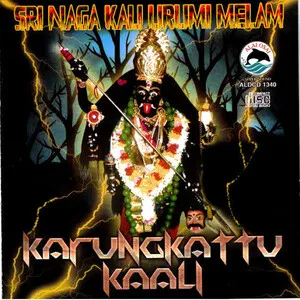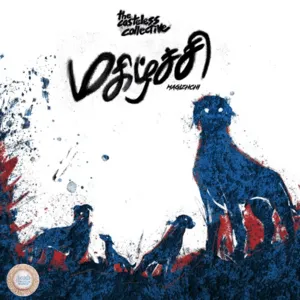Tamil folk music, often called Naattupura Paatu, is the vernacular song tradition of Tamil-speaking communities in southern India. It encompasses a wide spectrum of genres tied to life-cycle rituals, labor, devotion, healing, protest, and celebration.
Distinctive features include leader–chorus call-and-response, robust percussive grooves (parai/thappu, urumi, thavil), and tuneful refrains that are easy to remember and to sing communally. Melodies may trace ragic contours familiar to Carnatic ears, yet they are typically pentatonic or modal and prioritize oral transmission over formal theory.
Tamil folk is inseparable from dance and theater: karagattam, devarattam, kummi, oyilattam, therukoothu (street theater), villuppattu (bow-song storytelling), kavadi sindhu, and oppari (funeral lament) all integrate music, gesture, and narrative. In the modern era, its idioms power everything from temple festivals to film songs and urban gaana/dappankuthu dance tracks, while remaining a living rural art.
Tamil folk music descends from ancient Tamil oral traditions, with roots traceable to the Sangam age (circa 300 BCE–300 CE). Early texts describe harvest songs, praise hymns, and communal dances embedded in village life, where music synchronized labor, ritual, and storytelling.
Across centuries, folk music flourished alongside devotional practice (Amman/Mariamman festivals, Murugan worship) and community theater. Forms such as therukoothu (street theater) and villuppattu (bow-song narrative) kept oral histories alive, while dance-linked genres like karagattam, devarattam, kummi, and oyilattam fused rhythm, melody, and movement.
Though independent of courtly art music, Tamil folk absorbed and reinterpreted nearby Carnatic ragic sensibilities. Core timbres come from parai/thappu (frame-drum family), urumi (double-headed friction drum), thavil (barrel drum), nadaswaram (double-reed), jalra/taalam (cymbals), and voice—often in leader–chorus structures with memorable refrains.
From the 19th century onward, missionaries, folklorists, and later Indian scholars documented village repertoires, laments (oppari), and occupational songs (e.g., for paddy fields, weaving), preserving repertoires that had long circulated orally.
Post-1950s Tamil cinema drew heavily on folk idioms, turning village styles into mass culture. Composers and singers integrated parai/urumi grooves and rustic refrains into film songs; urban gaana and later dappankuthu emerged as kinetic, street-level expressions. Television contests and independent releases in the 2000s–2020s further revived and globalized folk voices while community ensembles sustained the tradition on the ground.


%20%5BSri%20Naaga%20Kaali%20Munishwarar%20bakti%20paadalgal%20(Urumi%20melam)%5D%2C%20Cover%20art.webp)
%2C%20Cover%20art.webp)
%2C%20Cover%20art.webp)


%2C%20Cover%20art.webp)
